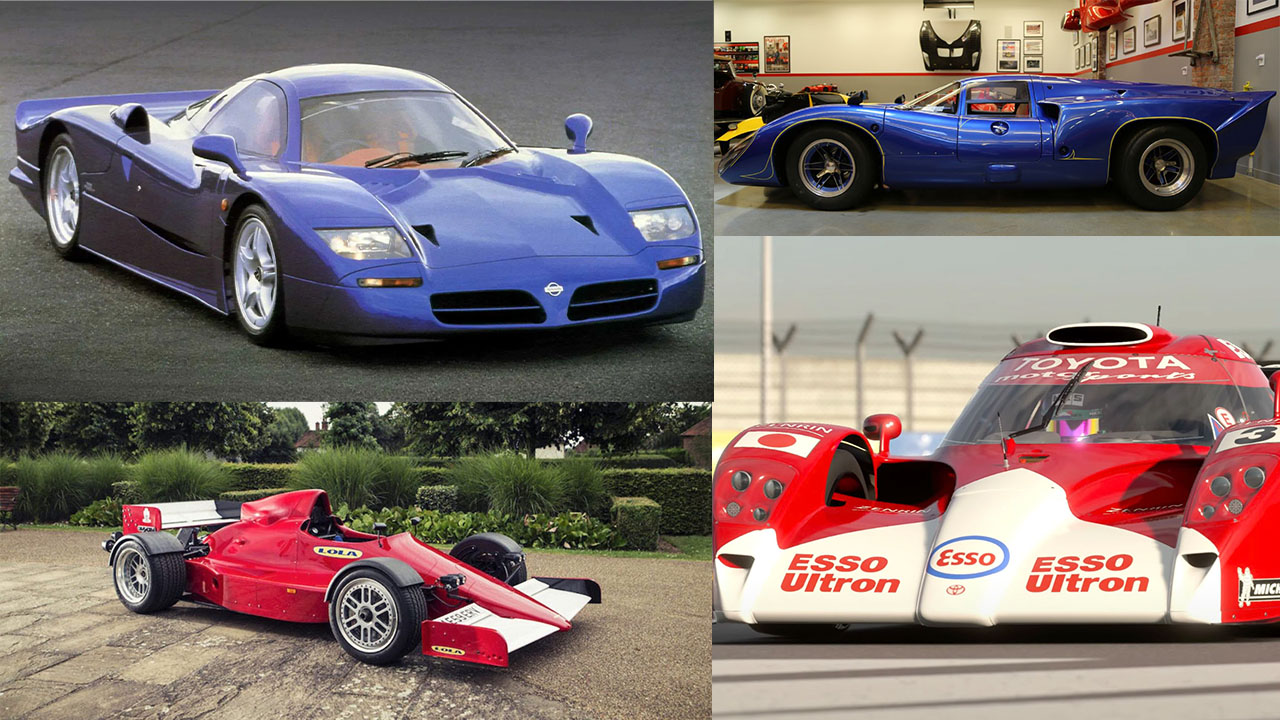There are three main categories of race cars. First, there are purpose-built racers like open-wheel formula cars seen in F1 and IndyCar.
Then, there are silhouette race cars, which share the same underlying structure but are designed to resemble the vehicles they compete against. Lastly, there are production-based race cars.
Street-legal race cars are a source of pride and excitement for those fortunate enough to own them.
While some manufacturers develop high-performance versions of existing road-legal models, others produce vehicles that are essentially race cars disguised as production models.
This list has been updated to include even more impressive examples of barely street-legal race cars.
The core philosophy behind production-based racing follows the well-known adage. The idea is that the cars seen on the track should have a direct lineage to those available to consumers.
However, racing and production vehicles serve different purposes.
Automakers must design cars that are both practical and affordable for everyday use, while racing divisions focus solely on extracting maximum power, grip, and aerodynamic efficiency comfort and usability are secondary concerns.
To prevent racing divisions from going overboard, a seemingly straightforward rule was introduced: manufacturers were required to produce a road-going version of their race car.
However, much like a child bargaining over how much broccoli they must eat, manufacturers found ways to stretch this rule.
Many released limited-production models that were little more than race cars fitted with license plates. Here are 10 barely street-legal race cars built for the road.
10. 1969 Mustang Boss 429
In 1969, Ford aimed for a double homologation effort. They had already developed the Boss 302 to qualify the Mustang for competition in the golden era of the Trans-American road racing series, commonly known as Trans Am.
However, they also needed a production version of their 429-cubic-inch engine to meet NASCAR’s racing requirements.
Rather than creating another special limited-production model, Ford repurposed their Cobra Jet Mustangs and enlisted Kar Kraft the same company that helped build the legendary GT40 to modify the engine bay to accommodate the significantly larger 429.
NASCAR mandated that the engine be installed in at least 500 cars, but Ford went beyond that, producing 1,358 Boss 429s.
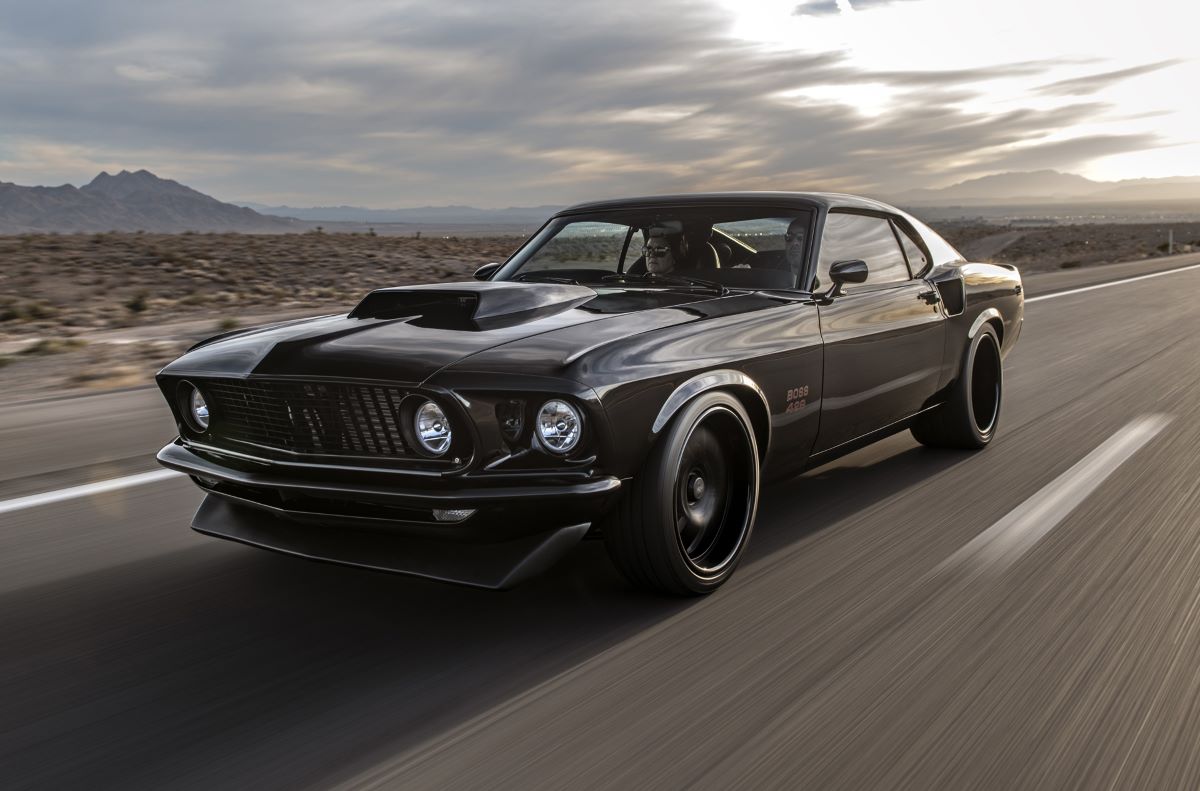
To achieve this, they relocated the battery to the trunk, ensuring that anyone attempting to jump-start the car would be thoroughly perplexed.
Factory horsepower ratings for muscle cars have always been a bit of a numbers game.
Some figures were inflated for marketing appeal, while others were intentionally understated to bypass DMV classifications or adhere to internal company policies meant to avoid fueling the “hot rod menace.”
The Boss 429 was officially rated at 375 horsepower, but in reality, it likely produced well over 500 horsepower putting it in direct competition with the Camaro ZL1.
Also Read: Top 10 Cars with Strong Future Resale Value That You Should Consider
9. 1990 Mercedes-Benz 190E Evolution II
Much like with the CLK-GTR, Mercedes-Benz was not one to back down from homologation battles. In response to the Evolution versions of the E30 M3, the engineers at AMG took the 190E to the next level.
The Evolution I variant introduced a higher-revving engine and a lighter overall build.
However, the Evolution II took things even further. AMG increased the engine’s power output and added an adjustable suspension system that could be fine-tuned from inside the car.
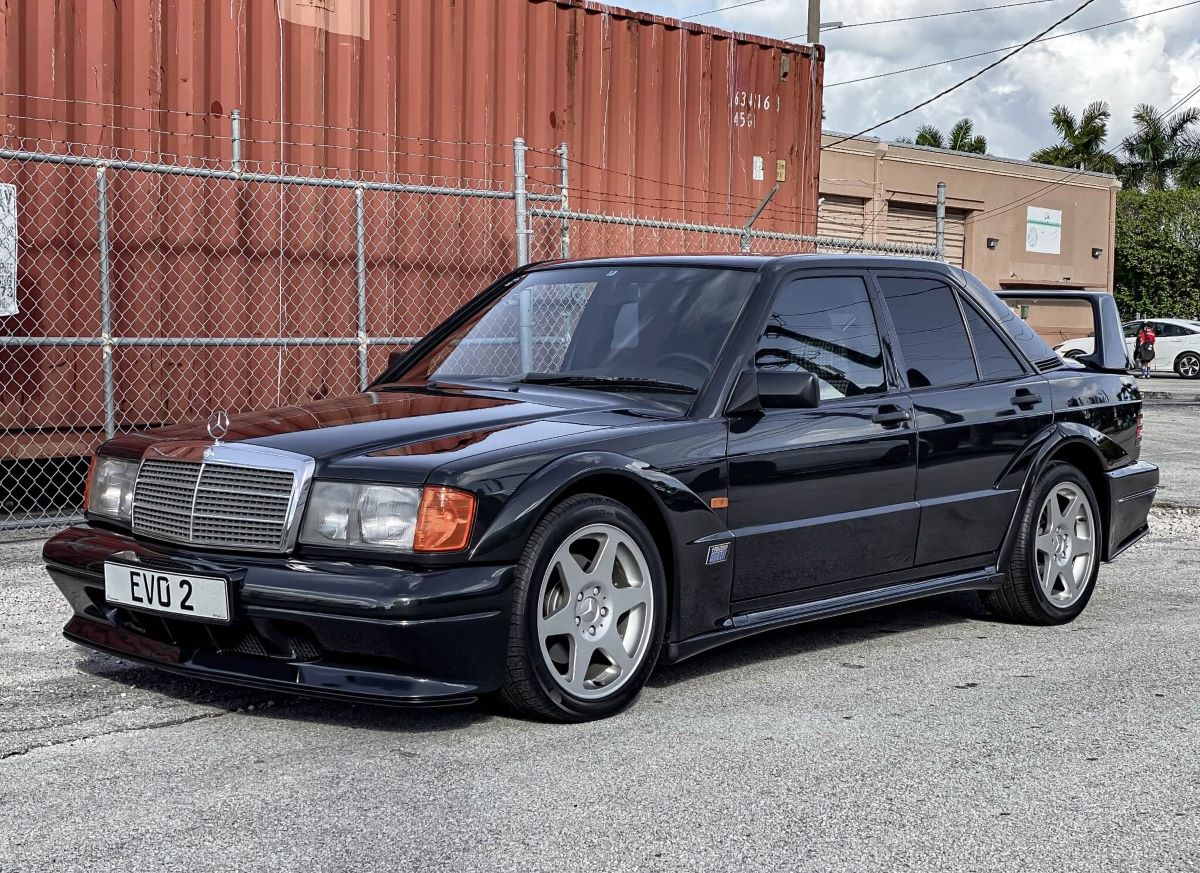
But the most striking transformation was the exterior. Rather than merely adding flared fenders, the 190E Evo II was equipped with a towering wing reminiscent of the one found on the Plymouth Superbird.
While the massive wing on the Daytona/Superbird was designed to keep the car planted at high speeds, the Evo II’s version was engineered to improve aerodynamics by reducing the car’s drag coefficient.
Homologation requirements dictated a production run of at least 500 units, and Mercedes went just slightly over, producing 502 examples.
Unlike the brand’s signature “silver arrow” color scheme, nearly all units except for two were finished in a menacing black.
8. Toyota GT-One
When Toyota entered GT1 racing, they didn’t even pretend to be making a legitimate road car.
While the Porsche 911 GT1 and Mercedes-Benz CLK-GTR bore at least a passing resemblance to production models, the GT-One looked like something straight out of the Group C racing era.
The GT-One was engineered with an almost obsessive adherence to the rulebook. While Porsche and Mercedes were required to produce 25 road-going versions of their race cars, Toyota found a loophole that allowed them to get by with just two.
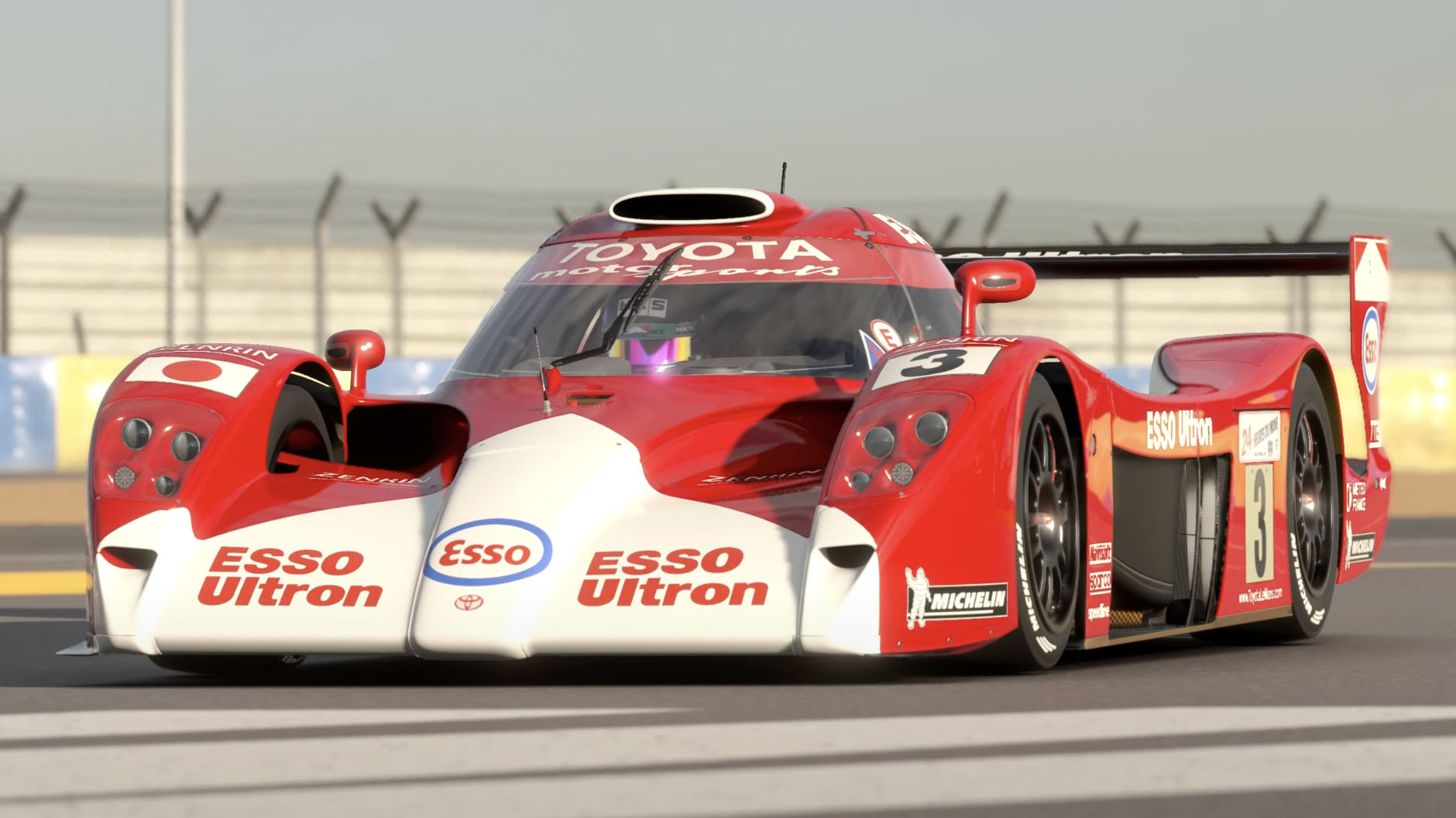
They even convinced the Le Mans governing body, the ACO, that the fuel tank could double as a trunk an impressive feat of rule-bending.
The only real differences between the Le Mans race car and its barely street-legal counterpart were the addition of an air conditioner, hazard lights, and a slightly raised ride height.
With the inclusion of a catalytic converter, Toyota successfully demonstrated that the car could be sold to a customer. However, no sales were ever made, and the sole road-going GT-One remains in Toyota’s possession.
7. 1983 Ferrari 288 GTO
Ferrari isn’t typically associated with rally racing. While the legendary Lancia Stratos was powered by a Ferrari Dino V6, that wasn’t the extent of Ferrari’s involvement in the rally scene.
During the 1980s, as Group B competition escalated, privateer team Michelotto modified a handful of Ferrari 308s for rallying. However, against the dominant forces of Audi, Ford, and Lancia, Ferrari needed something lighter and significantly faster.
Thus, development began on the 288 GTO. Reviving the iconic GTO badge from the 250, the 288 GTO shared little with the 308 it was theoretically based on.
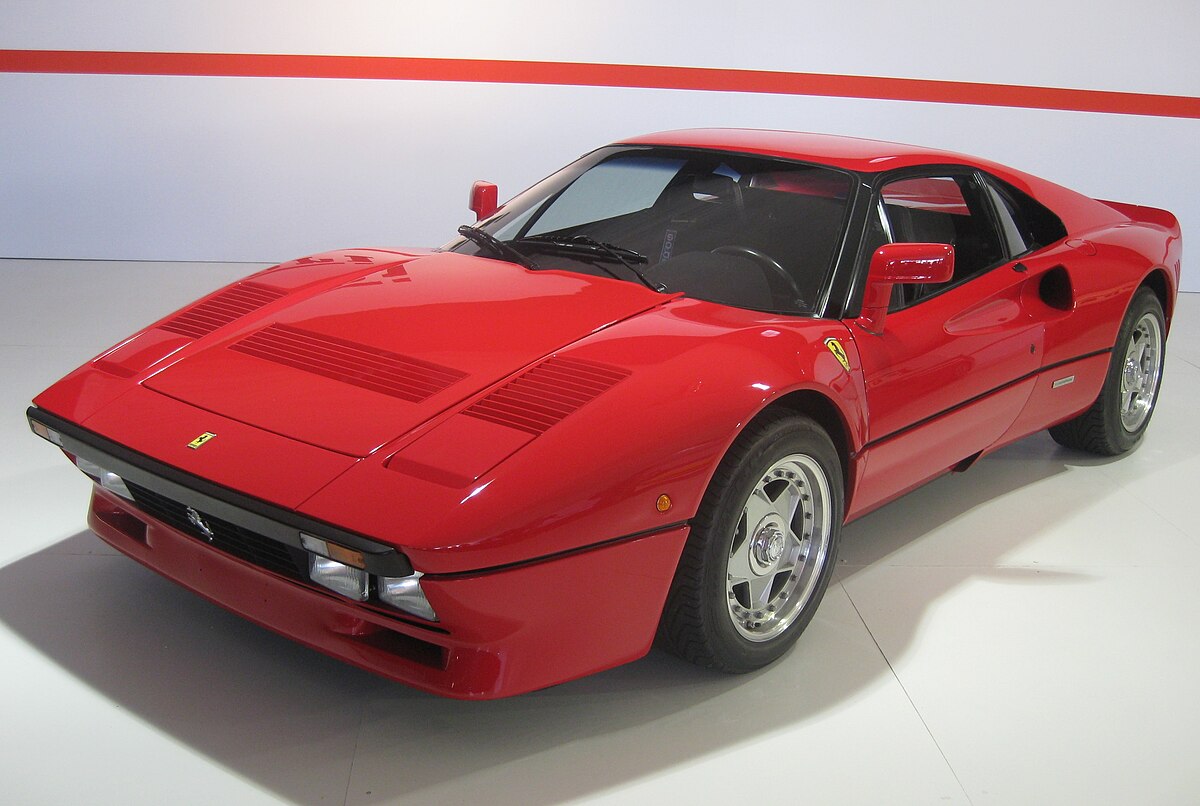
It featured a twin-turbocharged 2.8-liter V8 derived from the 308, producing 400 horsepower, and was equipped with a widened track to accommodate larger tires and a reinforced suspension.
Unfortunately, by the time the 288 GTO was completed, Group B had been canceled.
Instead of competing, Ferrari released the required homologation models as a limited-production special edition one of the most extreme Ferraris ever made, until the arrival of its legendary successor, the F40.
6. 1998 Nissan R390 GT1
Toyota wasn’t the only Japanese manufacturer to take advantage of GT1 homologation rules Nissan also joined the game.
However, Nissan took a different approach by developing the road car first before adapting it into a race car. Despite this sequence, the R390 was still very much a road car designed with racing in mind from the start.
Under the hood, the R390 was powered by a twin-turbocharged 3.5-liter V8, producing 560 horsepower in its road-legal configuration.
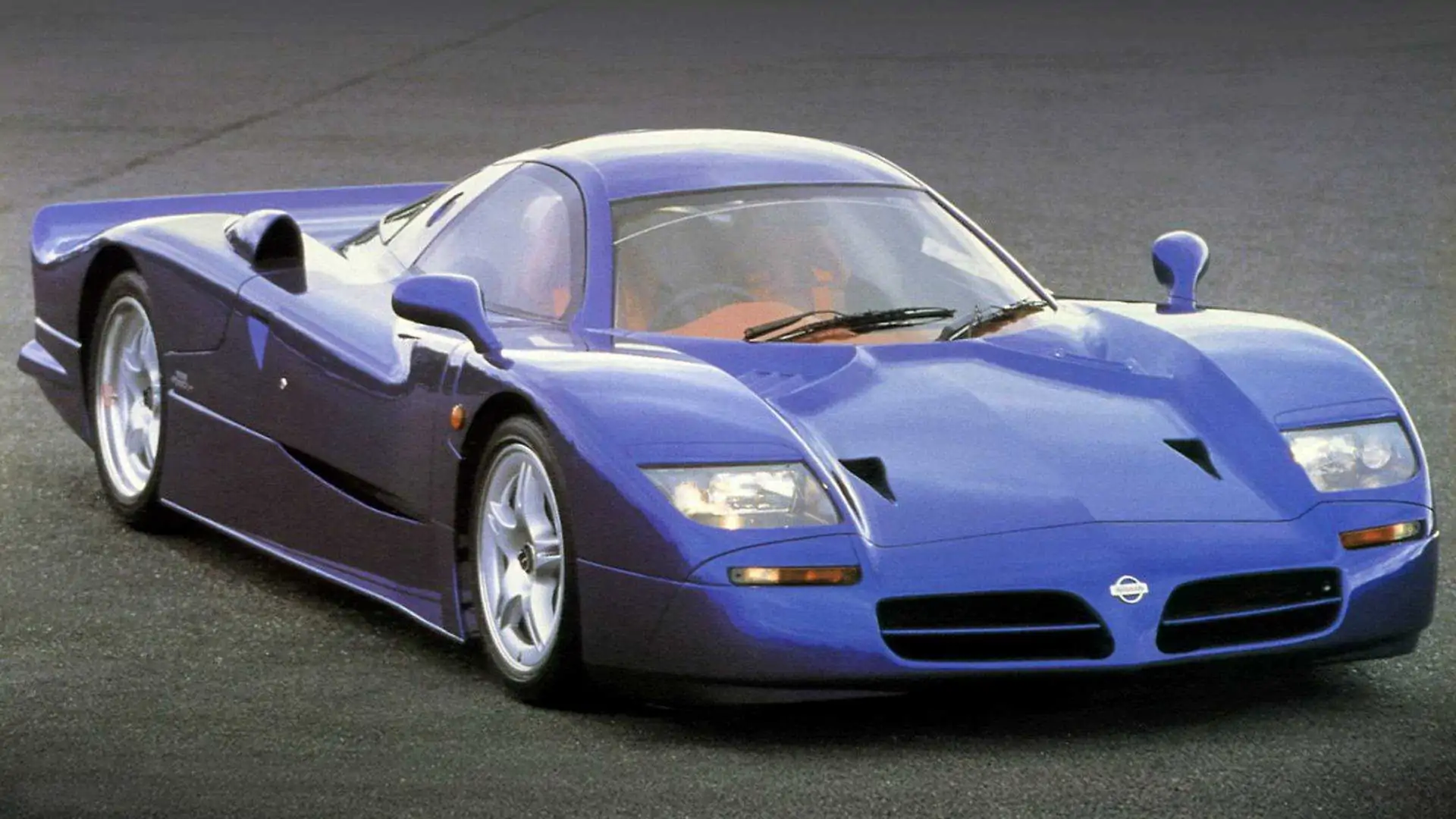
While many homologation specials were barely tamed track machines, Nissan equipped the R390 with traction and launch control to help its hypothetical owner manage all that power. It even included some comfort-oriented touches, such as leather seats.
However, just like Toyota, Nissan exploited a loophole in the rules, allowing them to produce only one road-going example. That single unit was never sold and remains on display alongside the race version at Nissan’s headquarters.
5. 1985 Ford RS200 Evolution
This time, Ford’s entry into the world of homologation came in the form of a Group B rally car. Rather than modifying the familiar Escort, Ford took an ambitious approach and built an entirely new car from the ground up.
Like the Lancia Stratos before it, the RS200 featured a mid-engine layout but with a unique twist. The transmission was positioned ahead of the engine, resulting in near-perfect weight distribution.
The car’s bodywork came from an unexpected source: Reliant, a company best known for producing the three-wheeled Reliant Robin, the unfortunate vehicle often tormented by Mr. Bean.
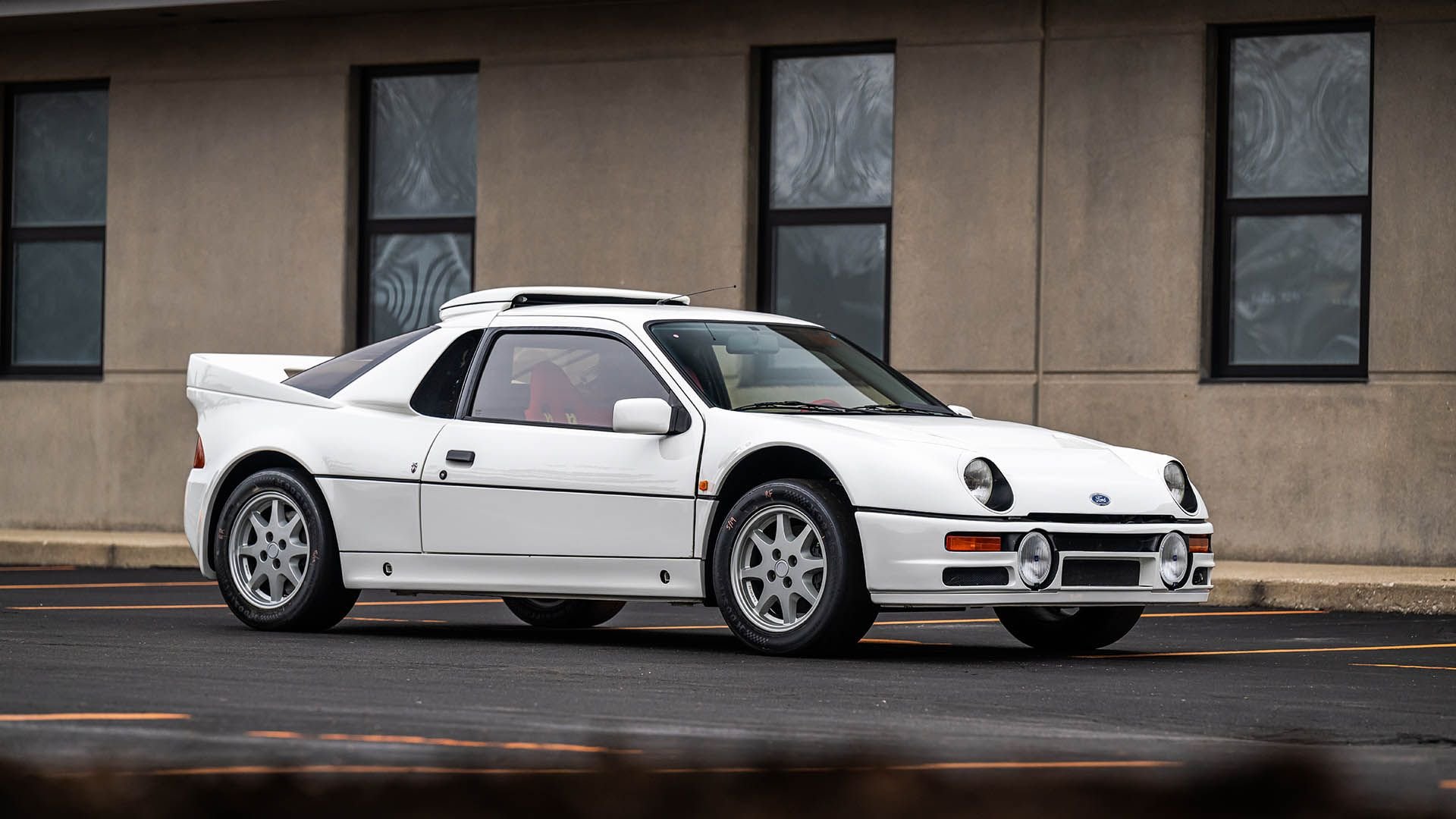
In its road-going version, the RS200 was powered by a Cosworth-developed engine producing 250 horsepower, while the rally version was capable of significantly more.
Sadly, in its debut race, a Lancia Delta was involved in a tragic crash, contributing to the demise of Group B as a category. As a result, the RS200’s full potential was never realized on the rally stage.
However, the 200 road-going versions offer a thrilling glimpse of what might have been.
4. 2004 Maserati MC12
In 2004, Maserati made its long-awaited return to racing after a 37-year absence, bringing back the homologation special to FIA GT competition.
After the domination of the 911 GT1 and CLK-GTR had driven privateers out of the GT1 category, the top class remained largely unoccupied for several years.
To encourage more supercar manufacturers, such as Saleen and Lamborghini, to participate, FIA GT reopened the door for homologation specials.
Maserati seized the opportunity, building the MC12 on the Ferrari Enzo’s chassis and engine, but enclosing it in an aerodynamically optimized body designed in a wind tunnel.
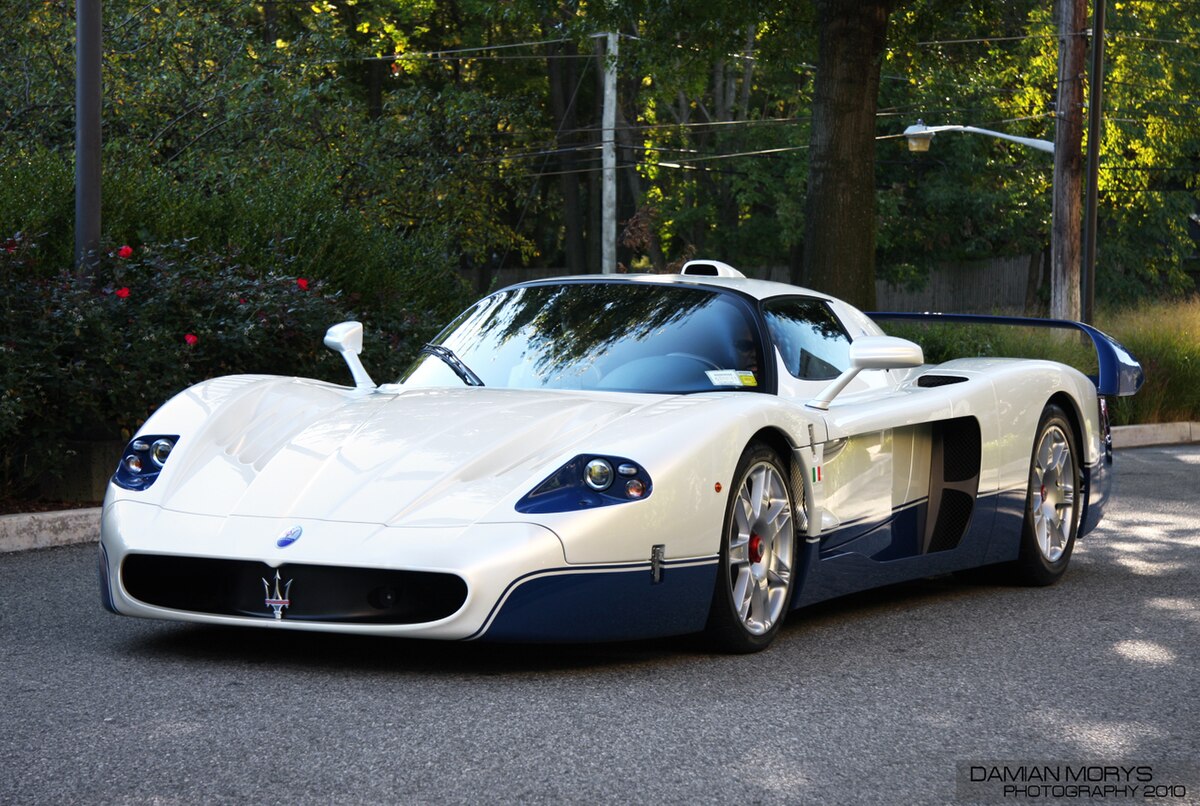
Like many homologation models, the MC12 made some concessions to comfort, including leather upholstery and a large clock in the center console. However, if you’re hoping for a stereo, you’re out of luck there’s no space for one.
Much like other race-bred road cars, the MC12 barely functioned as a street vehicle.
Its sheer width made it unwieldy, visibility was almost nonexistent, and while its V12 wasn’t as high-revving as the Enzo’s, it was still a thoroughbred race engine adapted to run on pump fuel.
Also Read: 10 Performance Cars That Can Be Daily Driven
3. 1967 Lola T70
For a change of pace, this entry isn’t a homologation special it’s a purebred race car made street-legal for the best reason possible: simply because it could be.
The Lola T70 was an evolution of the American Special component race cars, which were typically completed by customers who selected their preferred engine and final specifications.
By the time the Can-Am-dominating T70 arrived, the concept had been refined further, with manufacturers like Lola producing nearly turnkey race cars.
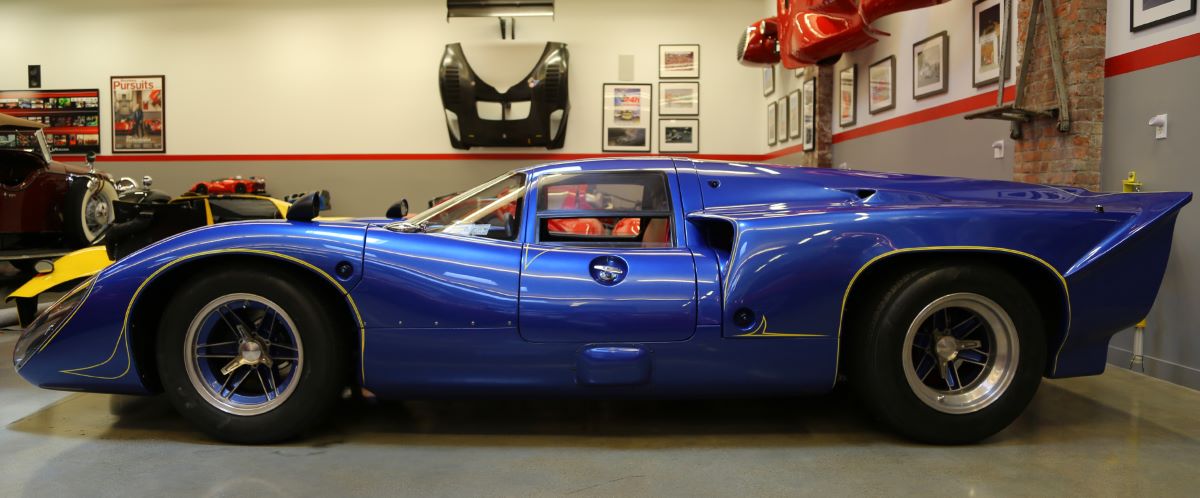
While these cars were primarily sold to privateers, a few daring individuals managed to modify them just enough to qualify for road use.
The T70 wasn’t just a force on the racetrack it also made a name for itself in Hollywood. For the 1971 film Le Mans, T70s were disguised as Porsche 917s and Ferrari 330s for the movie’s dramatic crash scenes.
They even had a stint as futuristic police cars in George Lucas’ THX 1138. Today, authentic road-legal T70s are exceedingly rare, but for those looking to experience American prototype racing muscle, several high-quality replicas are available.
2. 1983 Volvo 242 Turbo
A sleeper car is one that looks unassuming but packs serious performance a true wolf in sheep’s clothing. And when it comes to sleepers, few vehicles fit the definition better than a high-performance Volvo.
In the 1980s, Volvo set its sights on the Group A touring car series, but like many manufacturers before it, the company needed to produce a road-legal version to secure a competitive entry.
The result was the 242 Turbo. Beneath the boxy, no-nonsense exterior that defined Volvo’s 1980s design philosophy lurked a surprisingly potent 230-hp engine, capable of propelling the modest-looking coupe to an astonishing top speed of 150 mph.
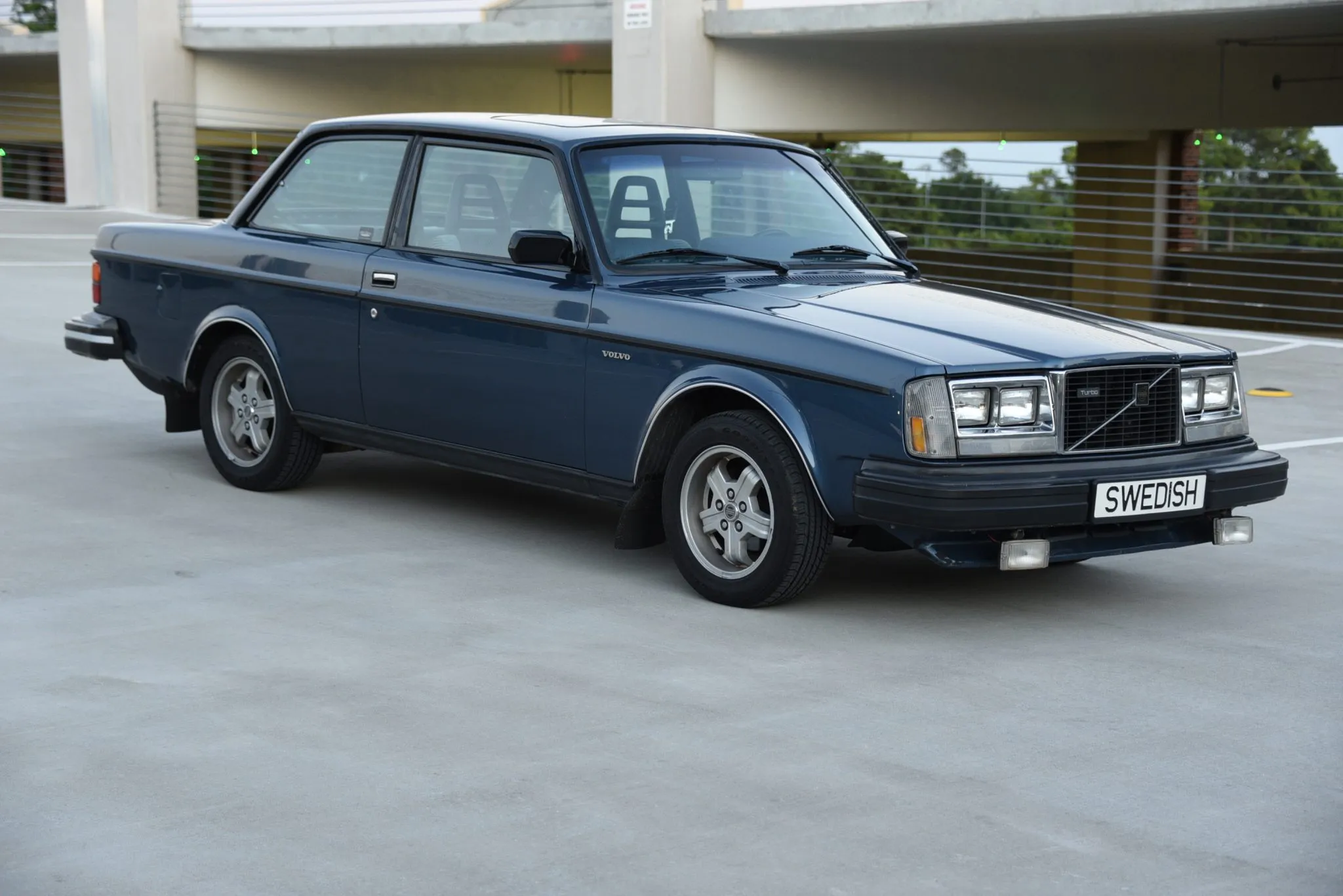
It was the kind of car that seemed more suited for a tenured literature professor than a thrill-seeking racer.
A total of 500 units were built, and in a bit of good news for American buyers, Volvo sent the 242 Turbos back to Sweden to be transformed into proper race cars before shipping them to the U.S. for sale.
Even more exciting, the B21ET engine also found its way into the 242 station wagon, which has since earned a cult following among enthusiasts searching for an unconventional performance machine.
1. Lola F1R
In 1997, Lola made an ambitious attempt to compete in Formula One. It did not go well. Their car was a staggering 13 seconds off the pace, failing to qualify in its debut race.
Before they could make a second attempt, the team’s sponsor, Mastercard, pulled out, leaving Lola’s long-standing F1 aspirations in ruins.
But when you gather a group of passionate engineers with a need for speed, unexpected ideas can take shape such as a wager on whether it was possible to build a street-legal Formula One car.
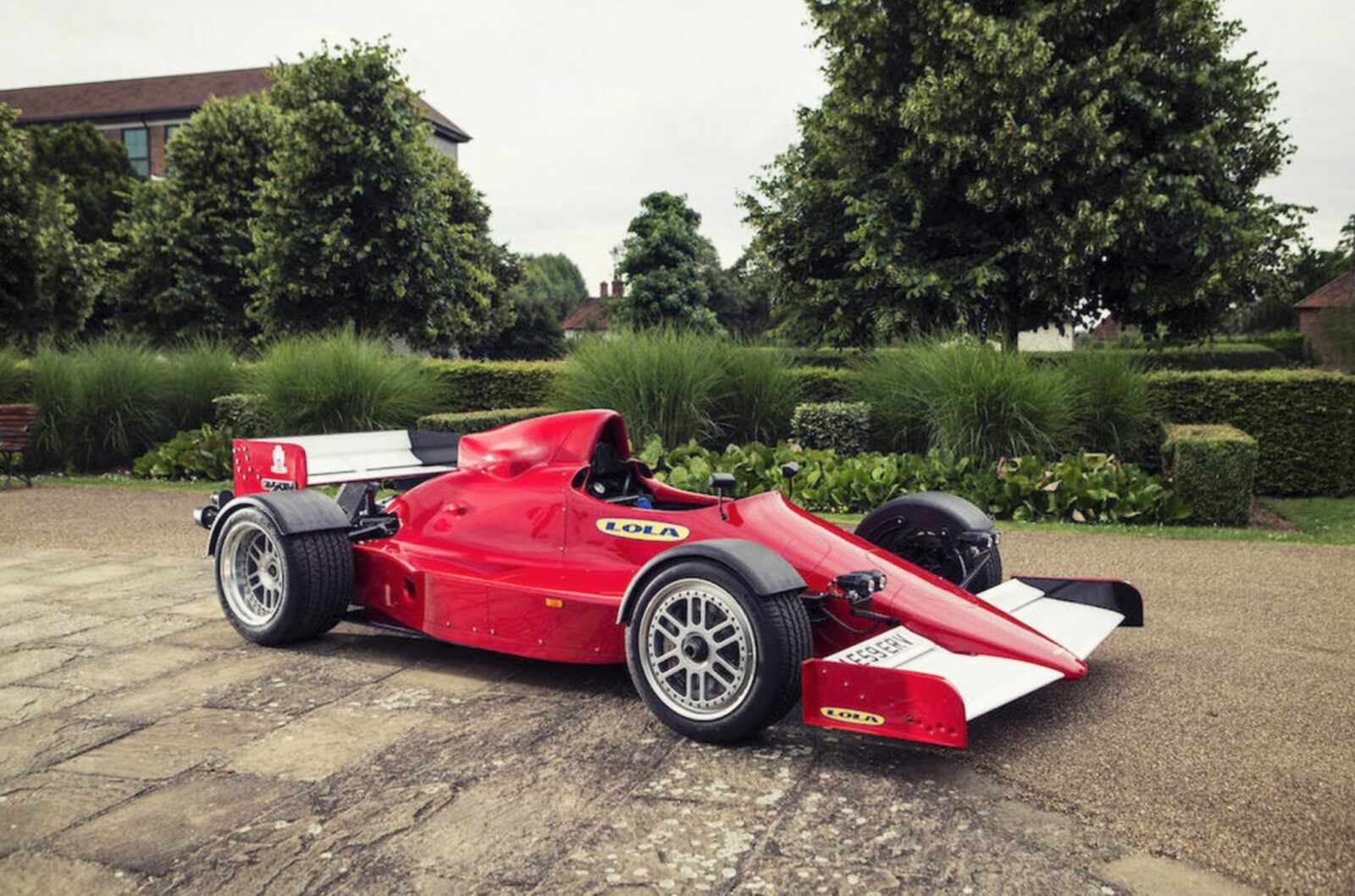
The result was the F1R. Using the failed Lola F1 chassis as a foundation, the team modified it by raising the ride height and adding road-legal necessities like headlights and turn signals.
Instead of a screaming, high-revving engine from the turbo era, the F1R was equipped with a turbocharged Ford Sierra Cosworth four-cylinder, producing 370 hp more if the owner was willing to tweak it further.
Everything else remained pure Formula One, from the suspension to the adjustable wings. In the end, it was a bet that paid off not just for the engineers who built it, but for the lucky few who could afford to own this street-legal F1 marvel.

